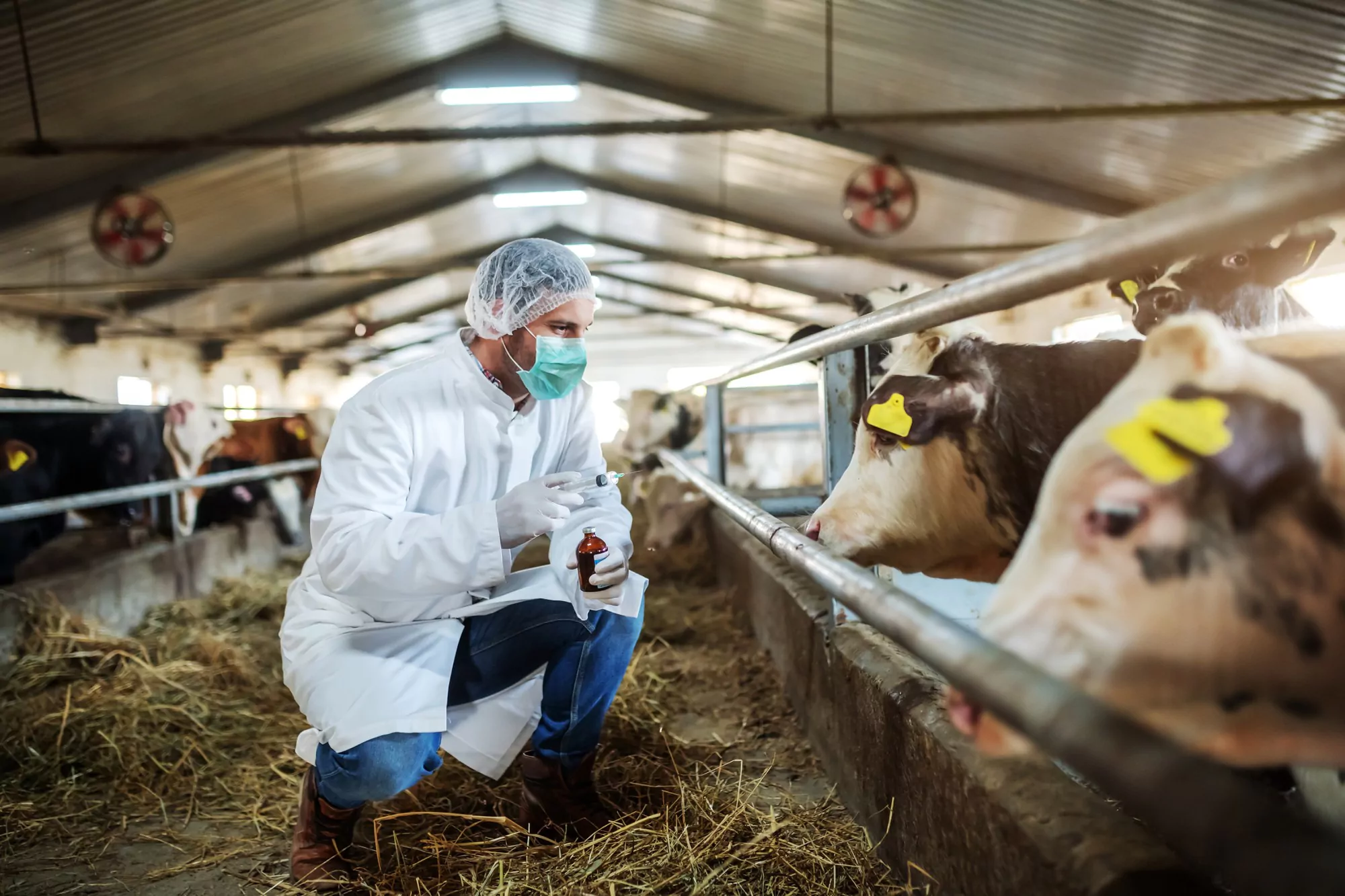In a groundbreaking study that brings to light the prevalence of vector-borne pathogens in goats, researchers have found molecular evidence of hemotropic mycoplasmas in goats from the Cebu region of the Philippines. This discovery, which has created quite a stir in the veterinary medicine community, has significant implications for goat farming and livestock management in the region and potentially across Southeast Asia.
Study Overview and Findings
The study, published in ‘The Journal of Veterinary Medical Science’ (DOI: 10.1292/jvms.19-0042), examined goats from four farms in the locations of Barili, Danao City, Dumanjug, and Minglanilla. The researchers used polymerase chain reaction (PCR) testing targeting the 16S rRNA gene of Mycoplasma and discovered that 107 out of the 295 sampled goats (36.27%) tested positive for hemoplasma.
All the hemoplasma-positive goats originated from Barili, and intriguingly, none of these animals exhibited any clinical signs of disease. The study also found sex and age to be associated with the incidence of hemoplasma infection, with statistically significant values (P=0.0005 for sex and P=0.03 for age).
Through sequencing analysis, various strains of hemotropic mycoplasmas were identified including Mycoplasma ovis, Candidatus Mycoplasma haemobos, Candidatus Mycoplasma haemominutum, and three sequences from uncultured Mycoplasma species. This marked the first report of molecular detection and genetic characterization of hemoplasmas in goats in the Philippines.
The team of researchers, led by Galon Eloiza May S. and her colleagues from the National Research Center for Protozoan Diseases at Obihiro University of Agriculture and Veterinary Medicine in Japan, have contributed significantly to the understanding of hemoplasma infections in goats.
Implications for the Goat Farming Industry
Hemotropic mycoplasma, often referred to as hemoplasma, can cause significant health issues in livestock, leading to hemolytic anemia and consequent production losses. These pathogens are generally transmitted through blood-sucking arthropods such as ticks or potentially through direct contact with infected animals.
The findings have considerable economic implications, as goats play a crucial role in the agricultural landscape of Cebu and the wider Philippines, which has a substantial population of these animals as reported by the Philippine Statistics Authority in 2018.
The high prevalence of hemoplasma in goats from Cebu without visible clinical signs may lead to the silent spread of these pathogens, affecting the health and productivity of livestock unbeknownst to farmers. This can undermine efforts to enhance the efficiency and sustainability of goat farming, which is a vital source of food, income, and employment for local communities.
Challenges and Recommendations
One of the key challenges arising from this study is the need for increased surveillance and control measures to prevent the spread of these pathogens. There is also a pressing need for education and awareness campaigns to inform goat farmers about hemoplasma, its transmission, and the potential risks to their herds.
The researchers recommend further epidemiological studies to map the distribution of these pathogens and to understand the full extent of their impact. Moreover, there is a call for the development of better diagnostic tools and effective treatment protocols to manage infections in goats.
Moving Forward with Research and Development
For the scientific community, this study underscores the importance of continuous research into neglected vector-borne pathogens and their effects on livestock health and agricultural productivity. By deepening the understanding of such pathogens, researchers can pave the way for innovations in veterinary medicine that will benefit not only animal health but also the agricultural economies in the Philippines and similar regions.
The research carried out by Galon and her team has set a precedent for future studies and initiatives aimed at combating hemotropic mycoplasmas in livestock worldwide.
Conclusion
The discovery of hemotropic mycoplasmas in goats in Cebu, Philippines, signals an urgent need to address these pathogens in livestock health management. It poses fresh challenges but also opens new avenues for research and development in veterinary medicine. The study highlights the complexity of vector-borne diseases and their potential to undermine agricultural industries in affected regions. As the threat of hemoplasmas becomes more evident, the call for action rings louder for stakeholders in both the scientific and agricultural communities.
References
1. Galon EMS, et al. Molecular evidence of hemotropic mycoplasmas in goats from Cebu, Philippines. J Vet Med Sci. 2019 Jun 21;81(6):869-873. doi:10.1292/jvms.19-0042.
2. Philippine Statistics Authority. (2018). Animal Inventory. Retrieved from http://openstat.psa.gov.ph/dataset/livestock-and-poultry.
3. Messick J.B. (2004). Hemotrophic mycoplasmas (hemoplasmas): a review and new insights into pathogenic potential. Vet Clin Pathol. 33(1):2-13. doi:10.1111/j.1939-165X.2004.tb00342.x.
4. Willi B., et al. (2007). Real-time PCR investigation of potential vectors, reservoirs, and shedding patterns of feline hemotropic mycoplasmas. Appl Environ Microbiol. 73(12):3798-3802. doi:10.1128/AEM.02977-06.
5. Neimark H., et al. (2001). Proposal to transfer some members of the genera Haemobartonella and Eperythrozoon to the genus Mycoplasma with descriptions of ‘Candidatus Mycoplasma haemofelis’, ‘Candidatus Mycoplasma haemomuris’, ‘Candidatus Mycoplasma haemosuis’ and ‘Candidatus Mycoplasma wenyonii’. Int J Syst Evol Microbiol. 51(Pt 3):891-899. doi:10.1099/00207713-51-3-891.
Keywords
1. Hemotropic Mycoplasmas in Goats
2. Animal Vector-Borne Pathogens
3. Livestock Diseases Philippines
4. PCR Mycoplasma Detection Goats
5. Goat Farming Economic Impact
